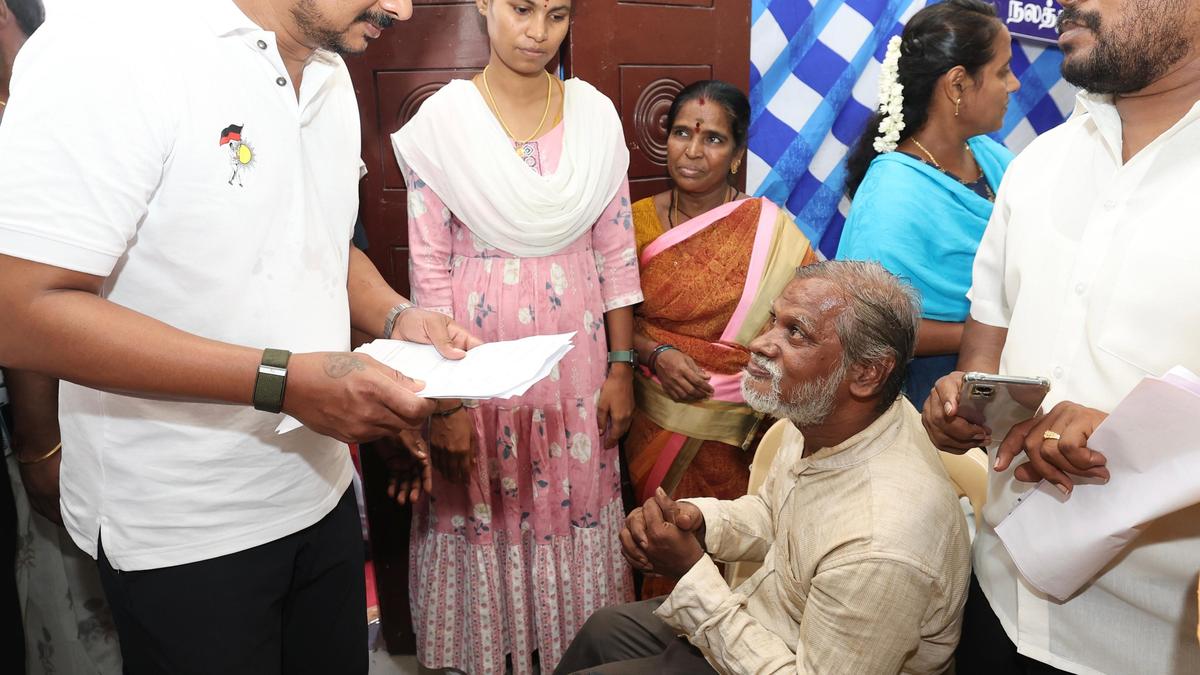A study by researchers from NIMHANS has demonstrated the significant impact of media-based interventions in enhancing participants’ knowledge about the reproductive health risks associated with smoking and alcohol use.
Published in Malaysian Journal of Psychiatry, the study is the first known attempt to assess the effectiveness of a short film intervention, “Ray of Hope”, on tobacco and alcohol-dependency, produced by NIMHANS.
By focusing on reproductive health risks – a topic that directly influences long-term life choices – the study adds a critical layer to the ongoing public health discourse on substance use prevention.
Meena K.S., professor and head of the Department of Mental Health Education, NIMHANS, told The Hindu that young adults often engage in risky behaviours due to peer pressure and misinformation, which can impact their long-term reproductive health. Given the limited awareness of these risks within the Indian population, targeted educational interventions are essential, she said.
Pre and post tests
The study was conducted with pre and post tests to assess the knowledge of 44 college students regarding these risks. The questionnaire aligned with the 20-minute film “Ray of Hope”, which addressed the impact of smoking and alcohol on reproductive health, fertility, and early aging. The post test was administered 14 days after the intervention.
Results showed a significant increase in students’ knowledge of reproductive risks from substance abuse, with the mean pre test score of 6.32 rising to 13.02 in the post test. Participants demonstrated a notably improved awareness of the harmful effects on fertility and early ageing, said Dr. Meena, who is the corresponding author of the study.
Substance use
The study noted that initiation of substance use can begin as early as 15 years of age and extend into young adulthood, up to 24 years of age. A significant proportion of India’s population falls within this age group, and the Global Youth Tobacco Survey reports that 15.5% of students in India are likely to take up tobacco each year. Preventing early substance use among young people is an effective strategy for reducing the incidence of noncommunicable diseases.
Likewise, engagement in sexual activity also typically begins during adolescence and early adulthood. While the majority aspire to start a family, the use of psychoactive substances may jeopardise these aspirations. There is limited research on the awareness of the impact of tobacco and long-term alcohol use on fertility and sexual dysfunction within the Indian population, the study noted.
Dr. Meena said a preventative approach to fertility behaviours and their consequences, targeting university students, is vital, “as this group has reported that they would have preferred to receive information about the risks of substance use on childbearing at around 20 years of age.” Given that youth often believe substance use enhances their appearance, helps them look more attractive or macho, and boosts their social identity, it is crucial to address these misconceptions in educational initiatives, she said.
Model for accessibility
Pointing out that the film serves as a model for future health promotion strategies, the doctor said, “It’s success demonstrates that short, targeted media interventions can be both educational and engaging, making complex health topics accessible to a younger audience.”
This study suggests that health educators and policymakers should continue to explore the use of multimedia approaches in public health education, particularly for issues like reproductive health that carry significant long-term consequences.



.png)
.png)
.png)
















 3 hours ago
3
3 hours ago
3









 English (US) ·
English (US) ·